Gypsum
An important construction material that has been used for thousands of years
Article by: Hobart M. King, PhD
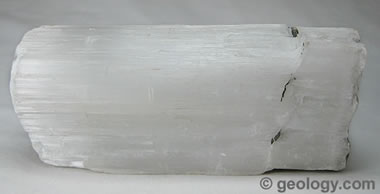
Gypsum: Satin spar, a fibrous variety of gypsum from Derbyshire, England. Specimen is approximately 4 inches (10 centimeters) across.
What is Gypsum?
Gypsum is an evaporite mineral most commonly found in layered sedimentary deposits in association with halite, anhydrite, sulfur, calcite, and dolomite. Gypsum (CaSO4.2H2O) is very similar to Anhydrite (CaSO4). The chemical difference is that gypsum contains two waters and anhydrite is without water. Gypsum is the most common sulfate mineral.
Physical Properties of Gypsum |
|
| Chemical Classification | Sulfate |
| Color | Clear, colorless, white, gray, yellow, red, brown |
| Streak | White |
| Luster | Vitreous, silky, sugary |
| Diaphaneity | Transparent to translucent |
| Cleavage | Perfect |
| Mohs Hardness | 2 |
| Specific Gravity | 2.3 |
| Diagnostic Properties | Cleavage, specific gravity, low hardness |
| Chemical Composition | Hydrous calcium sulfate, CaSO4.2H2O |
| Crystal System | Monoclinic |
| Uses | Used to manufacture dry wall, plaster, joint compound. An agricultural soil treatment. |
Uses of Gypsum
Gypsum uses include: manufacture of wallboard, cement, plaster of Paris, soil conditioning, a hardening retarder in portland cement. Varieties of gypsum known as "satin spar" and "alabaster" are used for a variety of ornamental purposes; however, their low hardness limits their durability.

Gypsum wallboard and plaster: Wallboard and construction plaster are the primary industrial uses of gypsum in the United States. Photo copyright iStockphoto / George Peters.
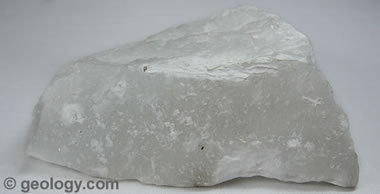
Alabaster Gypsum: Alabaster, a variety of gypsum, from Pomaia, Italy. Specimen is approximately 3 inches (7.6 centimeters) across.
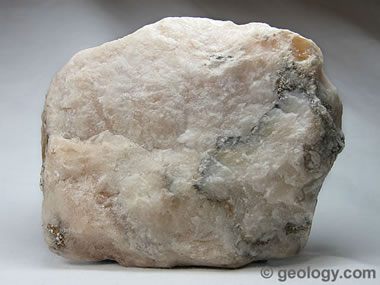
Gypsum from Michigan: Gypsum from Grand Rapids, Michigan. Specimen is approximately 4 inches (10 centimeters) across.
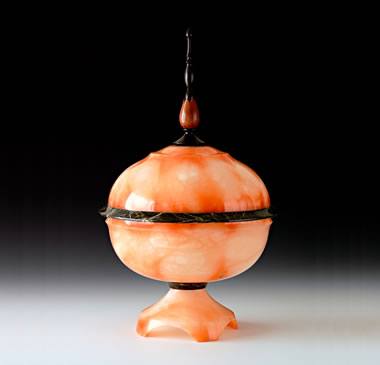
Alabaster gypsum jar: Jar made of beautiful translucent alabaster gypsum by David MacFarlane, photo copyright iStockphoto / David MacFarlane.
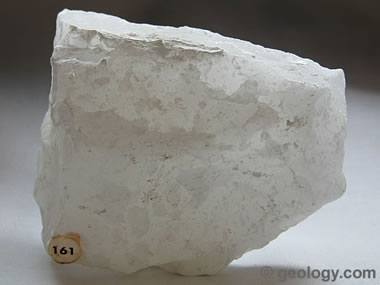
Gypsum translucency: The translucent characteristic of alabaster, a variety of gypsum, from Pomaia, Italy. Specimen is approximately 3 inches (7.6 centimeters) across.

The best way to learn about minerals is to study with a collection of small specimens that you can handle, examine, and observe their properties. Inexpensive mineral collections are available in the Geology.com Store. Image copyright iStockphoto / Anna Usova.
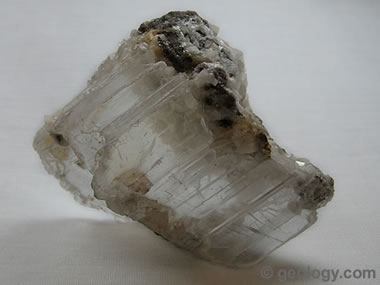
Selenite Gypsum: Selenite, a variety of gypsum from Penfield, New York. Specimen is approximately 2-1/2 inches (6.4 centimeters) across.
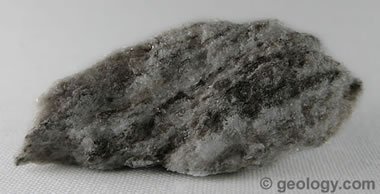
Gypsum from Virginia: Gypsum from North Holston, Virginia. Specimen is approximately 1-1/2 inches (3.8 centimeters) across.
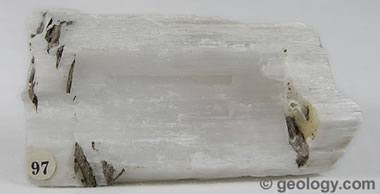
Satin spar Gypsum: Satin spar, a fibrous variety of gypsum from Derbyshire, England. Specimen is approximately 3 inches (7.6 centimeters) across.
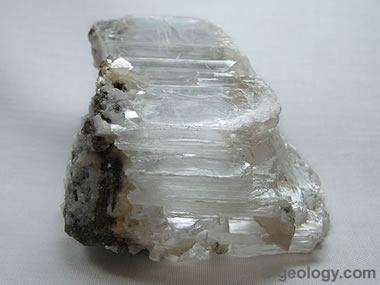
Gypsum from New York: Selenite, a variety of gypsum from Penfield, New York. Specimen is approximately 2-1/2 inches (6.4 centimeters) across.
| More Minerals |
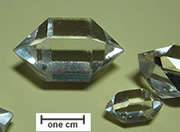 |
Herkimer Diamonds |
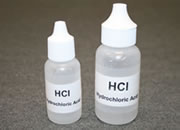 |
The Acid Test |
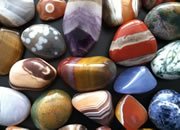 |
Tumbled Stones |
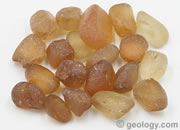 |
Zircon |
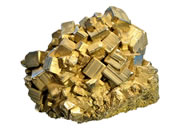 |
Fool*s Gold |
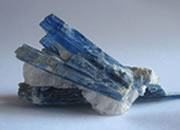 |
Kyanite |
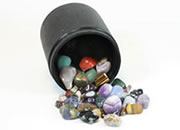 |
Rock Tumblers |
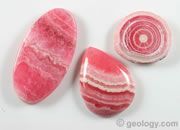 |
Rhodochrosite |

Find Other Topics on Geology.com:
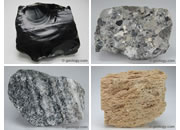
|
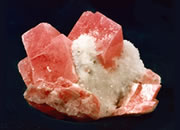
| ||

|
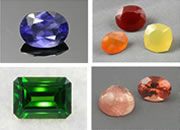
| ||
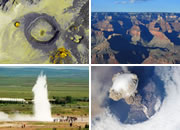
|
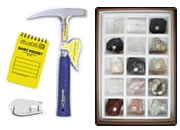
| ||

|
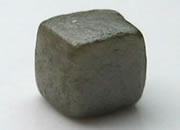
|
